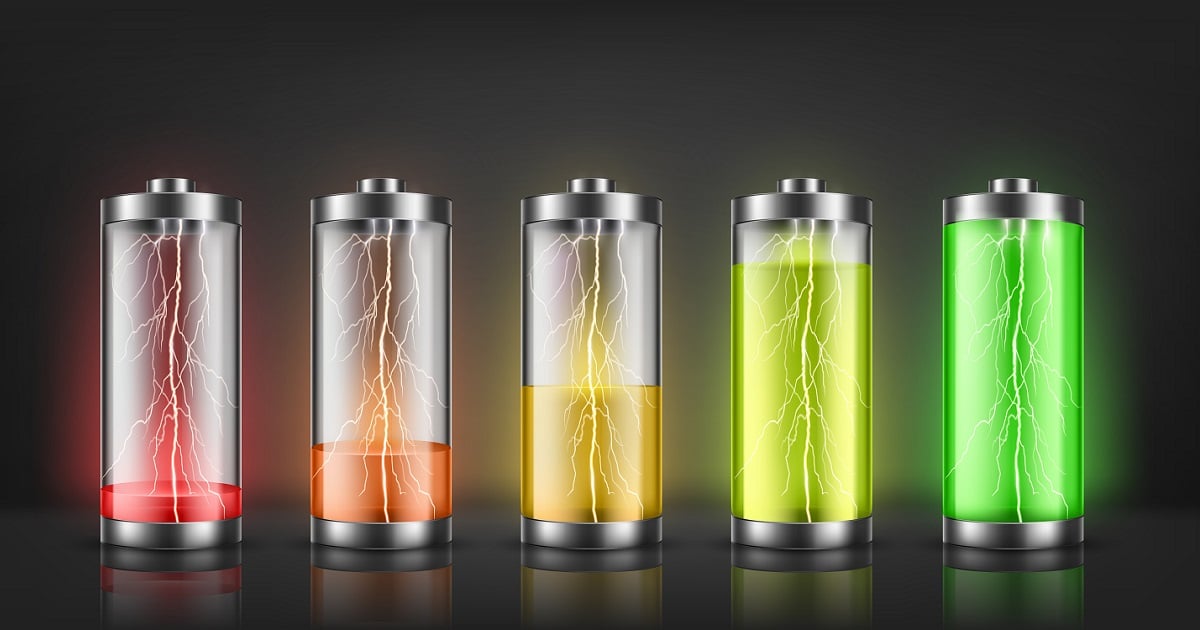- 3.2Impact Factor
- 7.3CiteScore
- 17 daysTime to First Decision
Advances in Electrochemical Power Sources: Systems and Applications
This special issue belongs to the section “D2: Electrochem: Batteries, Fuel Cells, Capacitors“.
Special Issue Information
Dear Colleagues,
In recent years, global warming and environmental pollution have attracted more attention due to the use of fossil fuels. Sustainable and clean power generation technologies can be assumed as potential replacement candidates for current oil/coal methods and their related issues. However, reliable energy access remains a challenge. The challenge of providing adequate power on an indefinite basis without causing long-term damage to the environment, while also reducing and controlling energy consumption and preserving natural resources, requires a versatile means of energy conversion and storage. Therefore, the development of renewable and sustainable energy storage systems has accelerated. Electrochemical power source devices, such as fuel cells, supercapacitors, and batteries, have been utilized in portable electronic devices and hybrid vehicles that convert the energy of electrochemical phenomena directly into electrical current and power.
This Special Issue aims to attract all researchers working in this research field and will collect new findings, operational features, and major types of electrochemical power sources and will provide future applications of devices. Research manuscripts, as well as a limited number of review manuscripts, are encouraged in the following areas:
- Fuel cells;
- Batteries;
- Capacitors;
- Energy storage;
- Sustainable energy and engineering systems;
- Structure–properties relationship;
- Electrochemical solar energy conversion;
- Environmental effects;
- Applications;
- Recycling.
Dr. Ioannis Kartsonakis
Guest Editor
Manuscript Submission Information
Manuscripts should be submitted online at www.mdpi.com by registering and logging in to this website. Once you are registered, click here to go to the submission form. Manuscripts can be submitted until the deadline. All submissions that pass pre-check are peer-reviewed. Accepted papers will be published continuously in the journal (as soon as accepted) and will be listed together on the special issue website. Research articles, review articles as well as short communications are invited. For planned papers, a title and short abstract (about 250 words) can be sent to the Editorial Office for assessment.
Submitted manuscripts should not have been published previously, nor be under consideration for publication elsewhere (except conference proceedings papers). All manuscripts are thoroughly refereed through a single-blind peer-review process. A guide for authors and other relevant information for submission of manuscripts is available on the Instructions for Authors page. Energies is an international peer-reviewed open access semimonthly journal published by MDPI.
Please visit the Instructions for Authors page before submitting a manuscript. The Article Processing Charge (APC) for publication in this open access journal is 2600 CHF (Swiss Francs). Submitted papers should be well formatted and use good English. Authors may use MDPI's English editing service prior to publication or during author revisions.
Keywords
- transition metal oxides
- conducting polymers
- flexible electrodes
- assembly
- phase evolution
- electrochemical performance
- nanoporous material
- composite nanofibers
- fibers
- nanotechnology

Image courtesy of vectorpocket on Freepik
Benefits of Publishing in a Special Issue
- Ease of navigation: Grouping papers by topic helps scholars navigate broad scope journals more efficiently.
- Greater discoverability: Special Issues support the reach and impact of scientific research. Articles in Special Issues are more discoverable and cited more frequently.
- Expansion of research network: Special Issues facilitate connections among authors, fostering scientific collaborations.
- External promotion: Articles in Special Issues are often promoted through the journal's social media, increasing their visibility.
- e-Book format: Special Issues with more than 10 articles can be published as dedicated e-books, ensuring wide and rapid dissemination.

